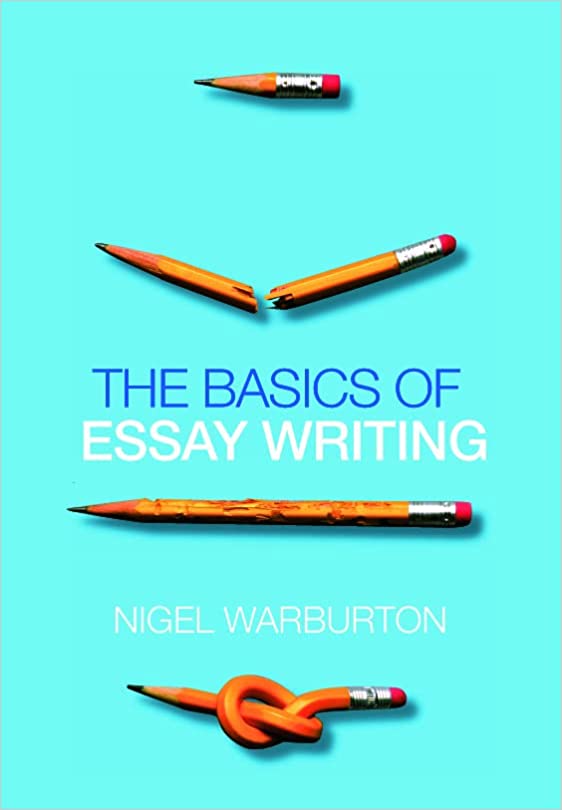How to Introduce a Study in an Essay
There are several ways to introduce a study in an essay. First, introduce the topic of the literature sources you are using. This may sound subjective, but cite famous authors to back up your point. Also, it is important to delimit the study to the point that the reader can come to their own conclusions. This is known as a transitional part of an essay. You should state briefly what the literature sources are and how they relate to the main statement.
Transitional part of introduction to study in essay
Some students wait to write the body of their essay until they have written the introduction. This can waste valuable writing time, which they could better use on other parts of the paper. Some writers prefer to write the introduction first, exploring their own thinking. They may have to compress the introduction later. This is a common mistake, but it can work in your favor. Read this article to learn more about the transitional part of an essay.
The transitional part of the introduction to study in essay should be focused and clear. Generally, an essay’s introduction consists of one or two paragraphs, depending on the paper length. Its purpose is to present a topic or issue, state your position on the topic, and transition the reader to the body of the paper. The introduction should begin with a “hook” (relevant quotations or surprising statistics) that hooks the audience.
Leave the reader with a question that causes him or her to draw his or her own conclusions
When presenting a study in an essay, leave the reader with a question that prompts him or her to come to their own conclusions. As the Bloom’s taxonomy of learning objectives suggests, there are progressively higher levels of cognitive complexity. Nevertheless, an op-ed in The New Yorker suggests that the study is still relevant, and should not be dismissed as irrelevant.
Regardless of the subject matter, it is essential to start the essay with an attention-getting introduction and conclusion. The introduction and conclusion should restate the thesis statement and refer back to the introduction. The conclusion should summarize the main points of the essay and make a final observation. Readers appreciate interesting conclusions. Those are the most effective kinds of essays.
Include a quotation
When you want to include a quote in an essay, you should use complete sentences. This way, your audience will have more information about the quote. For example, if Smith writes that “rainbows are pretty because they are colorful,” you should insert that sentence in the body of your essay. However, if you can’t locate a complete sentence, you can use partial sentences.
You can cite a quotation as long as you make sure to cite the source. Including a quotation is a good way to engage the reader and show your knowledge of the topic. However, it is important to avoid using a quote that has no context or is not related to the topic of the essay. Using a quotation that doesn’t have a context is a huge red flag to the examiner, and will not achieve much in the way of marks.
Delimitations affect the scope and define the conceptual boundaries of your study
A good delimitation will tell your readers who your study is relevant to, how you plan to accomplish this, and the general location of your study. These factors will help your essay’s readers better understand what it is you’re talking about. Here are some tips to help you define your delimitations:
The purpose of defining the conceptual boundaries of your study is to make the reader understand what the limitations are in your study. This is a very important topic to cover in your essay, because it is crucial for the success of your research. However, many students confuse limitations and delimitations. Therefore, it’s important to know the differences between these two terms. To better understand what these terms mean, let’s look at what they mean.
Quotations can be inspiring and thought-provoking
If you are struggling to write an essay, quotes are an excellent way to start. You can use them to paint a bigger picture or ask a question about the words used. Remember, however, to avoid plagiarism by choosing the right quote. Also, don’t use the same quote over. It’s best to select an inspiring, thought-provoking quote from the text and address it directly.
However, be careful not to use quotes that are too complex and obvious for your audience. Only cite quotes that are relevant to your topic. You should also avoid using quotations as’sentence fillers’, as they will confuse your reader. Remember that your essay should be your own ideas and opinions, and quotes should support them. It should be well-researched and based on the research you have done.



